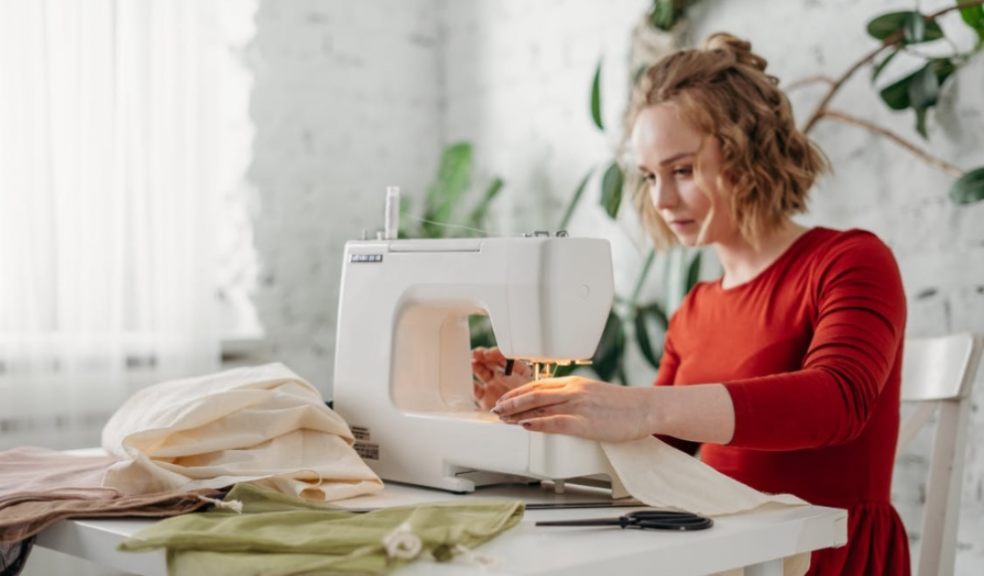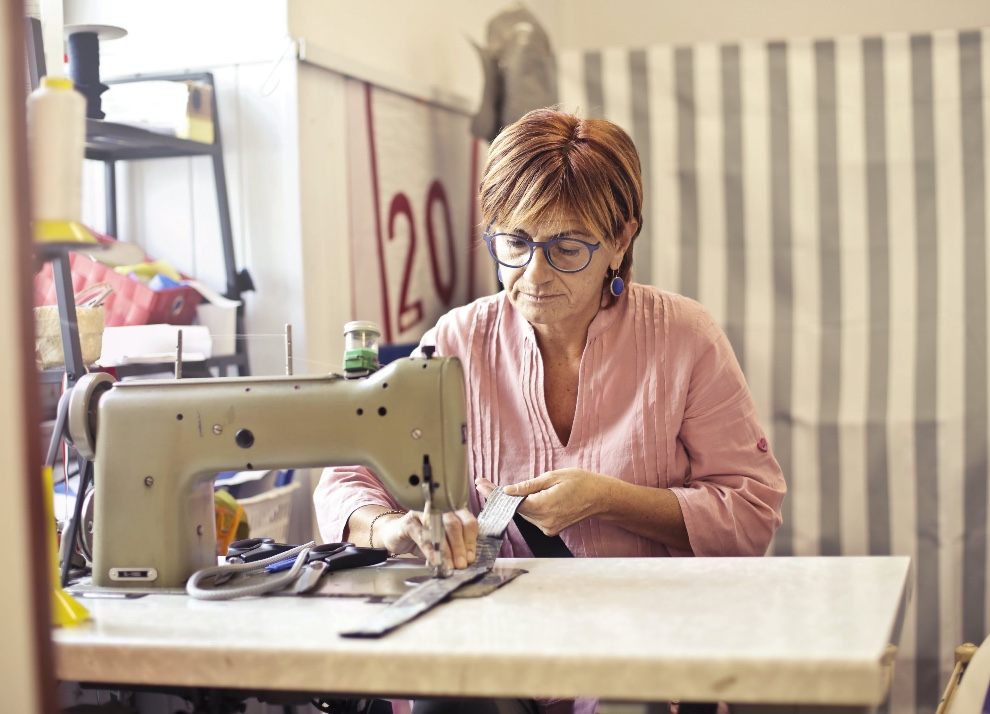
What You Should Know About Sewing Machines
Choosing the right sewing machine can be overwhelming due to the myriad of options available on the market. So how can you narrow down your options and find the right fit? If it’s the right sewing machine you’re looking for, then here’s a guide including everything you should know about sewing machines.
Types of Sewing Machines
First of all, you’ll need to decide the kind of sewing machine you want. To determine the right one, you’ll have to narrow down your options according to their mode of operation and the function it serves.
Mode of Operation
In terms of operations, you’ll find four different categories of sewing machines: manual, mechanical, electronic, and computerized. Here’s a brief about each kind:
-
Manual
Manual sewing machines are the most basic kind. You can simply operate this machine with a treadle, featuring the most old-fashioned way of operating a sewing machine. You’ll have to look for it in a vintage shop, although you’ll find some hackers who install electric motors to their old manual sewing machines to achieve modern-like efficiency while preserving the traditional spirit.
-
Mechanical
Mechanical sewing machines are the most commonly-found ones today. These machines provide a good range of features, covering all the basics from adjusting stitches and tensions to stitching buttonholes and decorative work.
-
Electronic
Electronic sewing machines more or less resemble the mechanical ones, albeit with a modern twist. These machines come with simplified buttons and LCD screens to help you automate the sewing process to a great extent. You can automatically set the length and width of the stitches and leave it to the job.
-
Computerized
If it’s complete automation you’re looking for, then computerized sewing machines are the way to go. These machines have the ability to download sewing patterns, memorize different operations and processes, synchronize functions, and perform precise stitching to provide you with the ultimate product. Needless to say, they’re also the most expensive machines on the market.
Functionality
Once you understand how you can use different modes of operation, you’ll want to choose the sewing machine that can satisfy your purpose. You’ll need different sewing machines according to the projects you make, and here’s a brief guide to help you:
-
Industrial Sewing Machines
As you can make out from the name, industrial sewing machines are mainly used by professionals for heavy-duty sewing projects. For instance, sewing curtains or rags can’t be done with any other sewing machine. If you’re a sewing expert looking to start your own business from the comfort of your own home, then seeking insight from household product guides will help you on your journey. The worst thing about most industrial sewing machines is that, while most claim to suit heavy-duty projects, you usually realize too late that it’s just another light-weight model. Authentic industrial sewing machines should be stable, sturdy, able to stitch thick fabric (like Denim), powerful, comfortable, and automated.
-
Serger
Serger sewing machines are also referred to as overlockers. These are most commonly used to finish seam edges in one go while stitching and cutting seams in the process.
-
Embroidery Sewing Machines
For the finer pieces of sewing projects, you’ll need an embroidery sewing machine to attend to the finer details. Using these machines, you’ll be able to create intricate monograms and embroidery designs that satisfy your artistic side. On the plus side, these machines can be computerized, delivering an automated and joyous sewing experience.
How to Choose a Sewing Machine

That being said, there are a few other factors that go into choosing a sewing machine. When looking for the right machine, you should take the following factors into account:
- Your experience, or the experience of the person operating the sewing machine. If you’re new to the game, it’s best to stick to beginner machines that allow for incorporating additional features down the line.
- Your budget will be a leading factor in the kind of machine you buy. Even if you’re on a tight budget, it’s best to steer away from cheap plastic machines, as they’ll break down quickly.
- If you’ll be moving around with your machine, you’ll want to take its weight and size into account.
- The source from which you’ll buy the machine makes all the difference in the world. Always look for machines that come with a warranty and customer service.
Sewing machines have come a very long way ever since they’d first been invented in 1789. What started as a crude machine to replace hand-sewing has quickly evolved to integrate technology and spread across the globe. However, it’s easy to understand how complexities can arise with such technological innovation. That’s why you’ll need to do your research first to be sure of the model you’re buying.

















